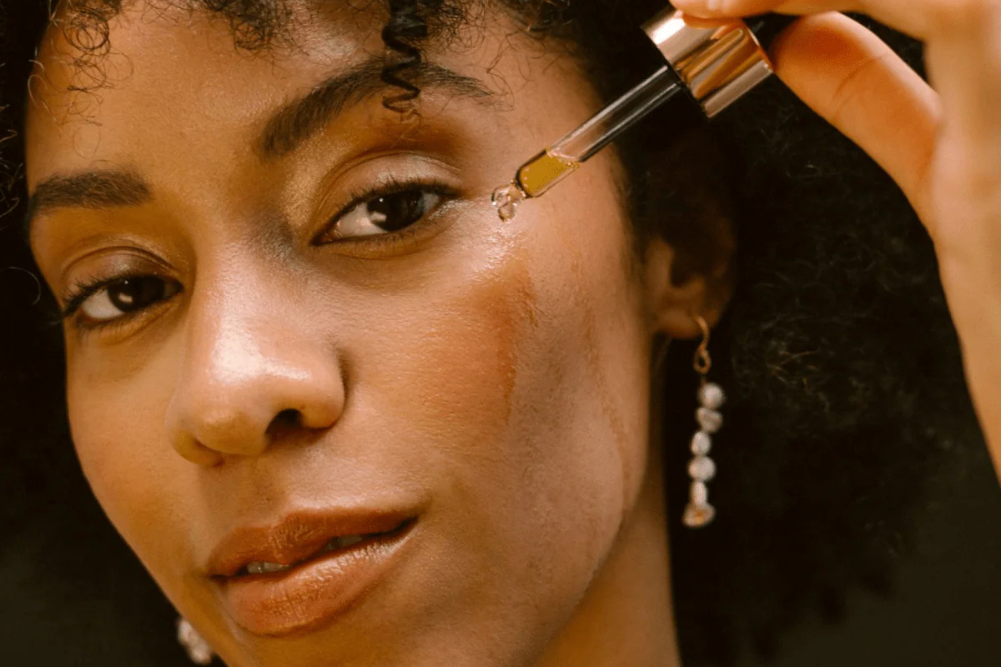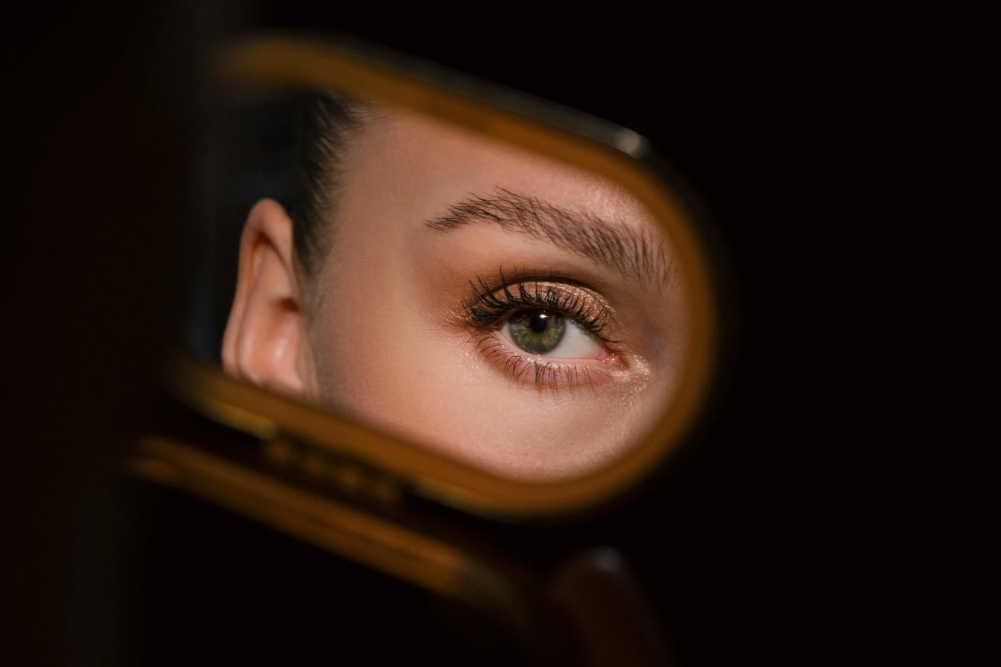Hair removal methods
Hair removal has come a long way since cavemen scraped stubble off their faces using flint rocks, and Native Americans employed two clam shells to act as tweezers. Throughout history, there have been many motivations for removing hair, for reasons that were practical, cultural, religious or sartorial. It may have been in the caveman’s best interest to remove the beard that gave his prey clawhold, or women might have felt the need to depilate hair on their legs in the early 1900s when dresses fashionably receded to knee length.
Alongside these shifts have evolved a swag of hair removal methods that range from the ancient Indian art of threading to the latest hi-tech applications for permanent hair removal. But what can be considered a safe, natural, non-toxic way to achieve a hair-free state and is it something we should practise at all?
To answer this, we first need to discover the purpose of hair. Dr Garry Egger, epidemiologist and author of Skin Fitness, says sweat is effective only it if can be cooled by the surrounding air. Sweat that drops off the body doesn’t have this effect and is thus wasted. Hair is designed to hold sweat until it can cause evaporative cooling in the parts of the body (scalp, groin, armpits, legs etc) that have high sweat production. “Land-based athletes who shave for better performance are actually fooling themselves,†says Egger, adding, “Sweat is the athlete’s cooling friend, and shaving reduces this.â€
However, while body hair serves a vital function, many can find it embarrassing, especially in certain areas. Facial hair on women, for example, may be a cause of distress. The nature of body or facial hair depends largely on genetic predisposition and racial background — some of us are simply more hirsute than others — as well as hormonal imbalances. This is seen sometimes in both pregnancy and menopause, when the need for a little extra plucking may become necessary.
The nature of hair
Hair does not come in any one size or type. Follicles in different parts of the body produce differing types of hair. Hair can grow in thick, bushy patches or in long, thin strands. In addition, hair is produced in follicles that can be found at different depths and densities — as close to the skin’s surface as a millimetre or as deep as five millimetres or more. Until recently, this great variety in hair types and body locations made long-lasting hair removal a challenge.
Understanding how hair grows helps to work out how to stop it from growing. Below the surface of the skin is the hair root, which is enclosed by a hair follicle. At the base of the hair follicle is the dermal papilla. The dermal papilla is fed by the bloodstream, which carries nourishment to produce new hair. The dermal papilla is an important structure for hair growth because it contains receptors for male hormones and androgens, which regulate hair growth. In scalp hair, androgens can become responsible for hair loss by causing the follicle to get progressively smaller and the hairs to become finer.
Hair is composed of a strong structural protein called keratin. This is the same kind of protein that makes up the nails and outer layer of skin. Each strand of hair consists of three layers. The innermost layer, or medulla, is present only in large, thick hairs. The middle layer, known as the cortex, provides strength as well as the colour and texture of the hair. The outermost layer, the cuticle, is thin and colourless, serving as a protector of the cortex. It is a single layer of cells arranged like roof shingles.
The hair shaft is the hair that can be seen above the skin’s surface. The hair growth cycle involves three phases. The longest is the active anagen phase (2–8 years). Then there’s transitional phase, called the catagen phase, where the hair follicle shrinks and the lower part is destroyed, and the dermal papilla breaks away to rest below (2–4 weeks). Finally, the resting, or telogen, phase is when the hair does not grow but stays attached to the follicle (2–4 months).
At the end of this last phase the hair follicle begins the anagen phase again. The dermal papilla and the base of the follicle join together and a new hair begins to form. If the old hair has not already been shed, the new hair pushes the old one out and the growth cycle starts all over again.
Hairs spend a variable amount of time in each phase determined by genetics, hormones and area of the body. Hair in the anagen phase is more susceptible to injury than hair in the telogen phase, often making it a good time for removal. All these factors must be considered when choosing a method of hair removal.
Hair removal methods
There are two types of hair removal methods: temporary and permanent. Epilation removes the entire hair from the root. Laser treatments, IPL, electrolysis, epilators, tweezing and threading are forms of epilation that include both temporary and permanent methods. Depilation removes the hair at the surface of the skin and includes shaving, waxing and depilatory creams, all of which are temporary hair removal methods.
Temporary hair removers are a quick way to remove body hair, although regular maintenance is necessary. Some temporary hair removal solutions get rid of hair for a longer period of time than others. Temporary hair removal methods such as waxing, threading and shaving don’t have serious side-effects such as burns, scarring, pigmentation, blisters, scabs or the kind of skin damage that can occur with laser, electrolysis or hair removal creams.
Permanent hair removal is an expensive upfront cost but may save money in the long term. It saves time and can be especially helpful for those with coarse, dark hair who are prone to ingrown hairs and quick regrowth. Permanent hair removal methods carry risks to the health and appearance of the skin, although they are not common. All hair removal methods have their pros and cons. It’s about finding the method that suits you best.
Natural solutions
Sugaring
Sugaring is a time-honoured form of hair removal that is documented as having been used by ancient civilisations including Egyptian, Greek and Indian. It works the same way as conventional waxing does, only the substance applied is all natural.
A thick, sugary substance like caramel is spread on the skin in the direction of the hair growth. The hair then becomes embedded in the caramel. A cloth or paper strip is patted onto the caramel and then pulled off quickly in the opposite direction of the hair growth, pulling the hairs out of the follicles.
Threading
Threading is an ancient hair removal technique traditionally practised in Eastern countries such as Egypt and India, where cotton thread is used to trap hair in a mini lasso and pull it out of the follicle. It has become increasingly popular in Western countries. It is most common for facial work or smaller areas such as toe and knuckle hair.
Best of the rest
Waxing
Waxing offers an effective method of removing large amounts of hair at one time. Results can last up to six weeks (but can be back in as little as two weeks). The wax can burn the skin, however, and as the hair is ripped out, sometimes some skin is ripped off, too. If salons and spas are not adhering to safe and sanitary waxing procedures, clients may get skin infections. Medications such as tretinoin and isotretinoin and others can conflict with waxing, as they make skin more susceptible to rashes and irritation as well as more delicate and prone to tearing or peeling.
Shaving
Shaving is the quickest, cheapest and easiest de-fuzzing option. It is the most temporary method of hair removal because it merely cuts the hair off at the skin surface. Shaving can cause skin irritations such as razor burn, dry skin and ingrown hairs. The results are very temporary compared with epilation methods such as waxing and tweezing, which pull the hair out of the follicle. Soak skin first to relax the hair follicle. Bathing and showering are good times to shave. Exfoliate before shaving to remove dead skin and prevent ingrown hairs.
Depilatory creams
Thousands of years ago, women removed body hair by making their own depilatory creams from questionable ingredients such as arsenic, quicklime and starch. Unfortunately, many of today’s hair-removal creams contain equally dubious substances. Depilatories use a chemical called thioglycolate mixed with sodium hydroxide or calcium hydroxide to literally melt the hair away, dissolving it at the surface of the skin. Thioglycolate disrupts disulfide bonds, which are chemical bonds that hold skin and hair cells together. The major side-effect of a depilatory cream is skin irritation because the chemical can melt away skin cells. It can also cause redness and irritation while having no permanent effect on unwanted hair.
Electrolysis
Electrolysis involves inserting a fine needle into the hair follicle and applying an electrical current to the follicle root. The procedure actually burns the hair root, preventing it from producing more hair. Each hair follicle must be treated individually and may take several treatments to destroy the follicle completely. Electrolysis is considered best for removing hair from smaller areas or where hair is not so dense. Side-effects such as skin redness and swelling usually subside within a few days of the treatment. Other side-effects can include pain, skin dryness, blisters, scabs, infection, bruises and permanent problems such as keloid formation, skin pitting and scarring. Hyper-pigmentation or hypo-pigmentation are rare.
Laser
Laser uses light that is absorbed through the skin into the hair follicle where the absorbed light changes to heat and affects the hair follicle. Laser is far less invasive than electrolysis and works on hundreds of hairs at a time. There is a chance of long-term or permanent epidermal damage. Scarring mostly occurs when laser is carried out by someone who is minimally trained. Burns are also very rare and are usually the result of an inexperienced technician. Laser is a new procedure, so we don’t have long-term safety data concerning its effects on the skin and hair.
IPL
IPL (intense pulsed light) is similar to laser, but instead of using one wavelength of light (much more targeted), it produces a spectrum of light. It does not penetrate as deeply as other lasers, but it covers a greater area. The advantage of IPL is that it’s quicker and cheaper than laser, but the downside is that, if your technician is not trained properly, damage such as burning occurs over a greater area. Pain and side-effects are similar to those of laser, though the pain factor may be slightly less. Note: There are no standard regulations governing the use of lasers in Australia, which is why it’s important that you find someone who is reputable and highly trained.







